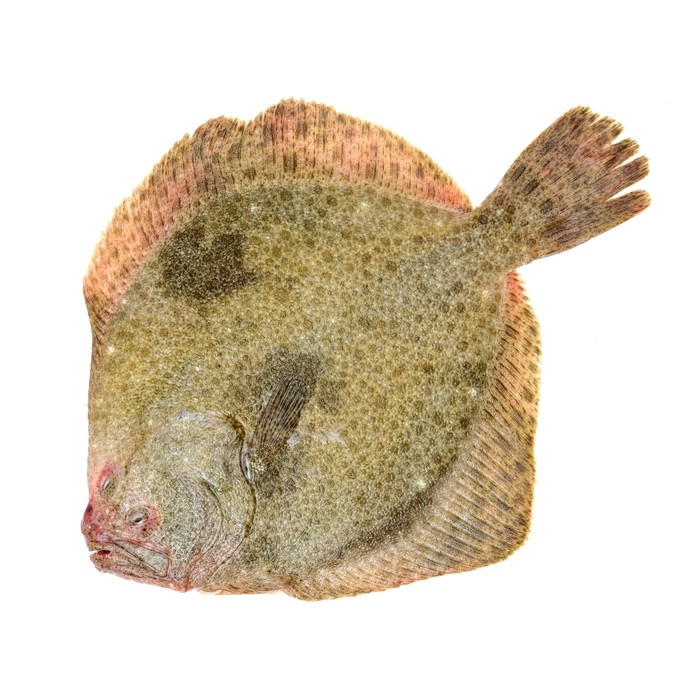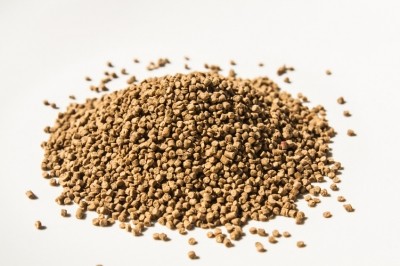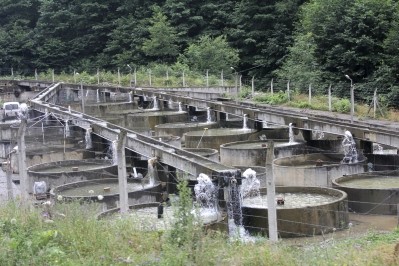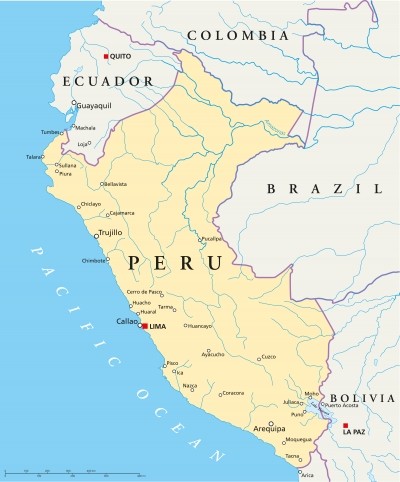What can fish protein hydrolysate offer farmed turbot?

An international team of researchers, including members of the department of food science at the University of Wisconsin-Madison, examined the use of fish protein hydrolysate (FPH) on the development of juvenile turbot. The group published their findings in the journal Aquaculture.
“One aim of the present study is to comprehensively assess the effects of dietary FPH on the lipid accumulation in various fish tissues, which is significant to fish health and fish product quality,” said research team members.
Researchers found the inclusion of FPH, especially in larger amounts, modulated the lipid collection and fatty acid composition in fish tissue. And serum triacylglycerol and cholesterol decreased with higher levels of FPH.
“These results suggested that, in high plant protein diets, FPH replacing fish meal by 10% of total dietary protein did not compromise the growth of juvenile turbot,” they said. "However, a higher FPH level (replacing fish meal by 20% of total dietary protein) reduced the growth and feed utilization but it increased the feed intake.”
Why fish protein hydrolysate?
The by-products generated by the seafood industry may be able to provide more sustainable feed ingredients for marine fish depending on the processing method, the researchers said in an earlier paper on the same topic.
“One of the ways to solve the lack of fish meal is better use of existing marine protein, especially low economical fish protein such as aquatic products processing by-products and discards,” said researchers in the previous paper. “Fish protein hydrolysate obtained from marine protein by hydrolysis is of excellent quality, in terms of amino acid profile, and has been regarded as a promising ingredient for the substitution of protein sources.”
The nutritional value of fish protein hydrolysate has been tested in several fish species including Atlantic salmon, red sea bream, European sea bass and Atlantic cod, said the researchers.
“These studies suggested that appropriate levels of fish protein hydrolysate in diets have beneficial effects on the growth, feed intake, nutrient utilization, immune response, oxidative status and disease resistance of fish, especially for larvae and fish fed high plant protein diets,” they said. “More digestible and absorbable peptide profiles and some bioactive compounds in FPH are suggested to account for these beneficial effects.”
However, another potential use is to modulate lipid accumulation, said the researchers. That aspect has been seen in studies with rodents, where the animals had reduced tissue lipids and modulated fatty acid levels.
Studies looking at Atlantic salmon found that FPH reduced viscera mass, they said. And the research team’s work with turbot and Japanese flounder suggested a reduction in fish body lipid and viscerosomatic index.
However, little information is available about the use of FPH in turbot diets, especially when a large amount of vegetable protein is included, said the researchers.
“Previous studies in our laboratory have observed the beneficial effects of dietary FPH on growth and nutrient utilization of turbot, especially the fish meal protein sparing effect of FPH in high plant protein diets,” they said. “To evaluate the performance of FPH in turbot diets with further higher plant protein diets, the present study was conducted using further lower fish meal protein level in the basal diet.”
Study details
In the trials, fish were given one of four diets for a period of 12 weeks, said the researchers. The diets total dietary protein included 0, 5, 10 or 20% FPH replacing fishmeal.
The basal diet used was initially formulated with a low amount of fishmeal – about 15% with the rest of the protein being provided by plant-based matter, they said.
Uneaten feed was collected, and fish were collected at the end of the experiment, they said. Fish weights and samples of whole fish, liver, gut, muscle, and serum were taken and analyzed.
Researchers also calculated specific growth rate (SGR), feed intake, feed efficiency ratio, protein efficiency ratio, protein retention, condition factor, hepatosomatic index and the viscerosomatic index.
Results
The specific growth rate, protein efficiency ratio and protein retention were similar for fish getting three of the diets, said the researchers. Fish getting the diet with 20% FPH had lowered SGR and higher feed intake than the control.
High plant protein diets for turbot can use up to 10% of total dietary protein in exchange for fish meal without compromising fish growth, they said.
“The viscerosomatic index in group FPH-10 and FPH-20 were significantly lower than that in the control group,” they said. “Fish fed FPH-20 also showed significantly lower crude lipid concentration in whole body than fish fed the control diet.”
Fish getting the 10% replacement diet had reduced levels of total and neutral lipid in the gut, when compared to control, they said. “In the present experimental conditions, the FPH treatments, especially at high levels, significantly modulated the lipid accumulation and fatty acid compositions in turbot tissues, in a dose- and tissue-dependent manner,” they added.
In the muscle, polar lipid concentration fell and neutral lipid concentration grew with increasing amounts of dietary FPH, but a significant difference in total lipid concentration was not found, said the researchers. And, lipid levels in the liver were similar amount groups.
Serum triacylglycerol and cholesterol concentration fell as FPH amounts increased, they said. Interaction of dietary FPH and fatty acid composition in fish tissue was similar to what was seen in tissue lipid concentration.
“Besides growth performance, another exciting observation in the present study was that the whole-body and tissue lipid accumulation in turbot was significantly modulated by the dietary inclusion of FPH,” they said. “This is the first study comprehensively evaluating the modulatory effects of FPH on lipid accumulation in various fish tissues.”
Source: Aquaculture
Title: Graded levels of fish protein hydrolysate in high plant diets for turbot (Scophthalmus maximus): effects on growth performance and lipid accumulation
DOI: 10.1016/j.aquaculture.2015.12.006
Authors: Houguo Xu, Yuchao Mu, Yue Zhang, Jianqiang Li, Mengqing Liang, Keke Zheng, Yuliang Wei













